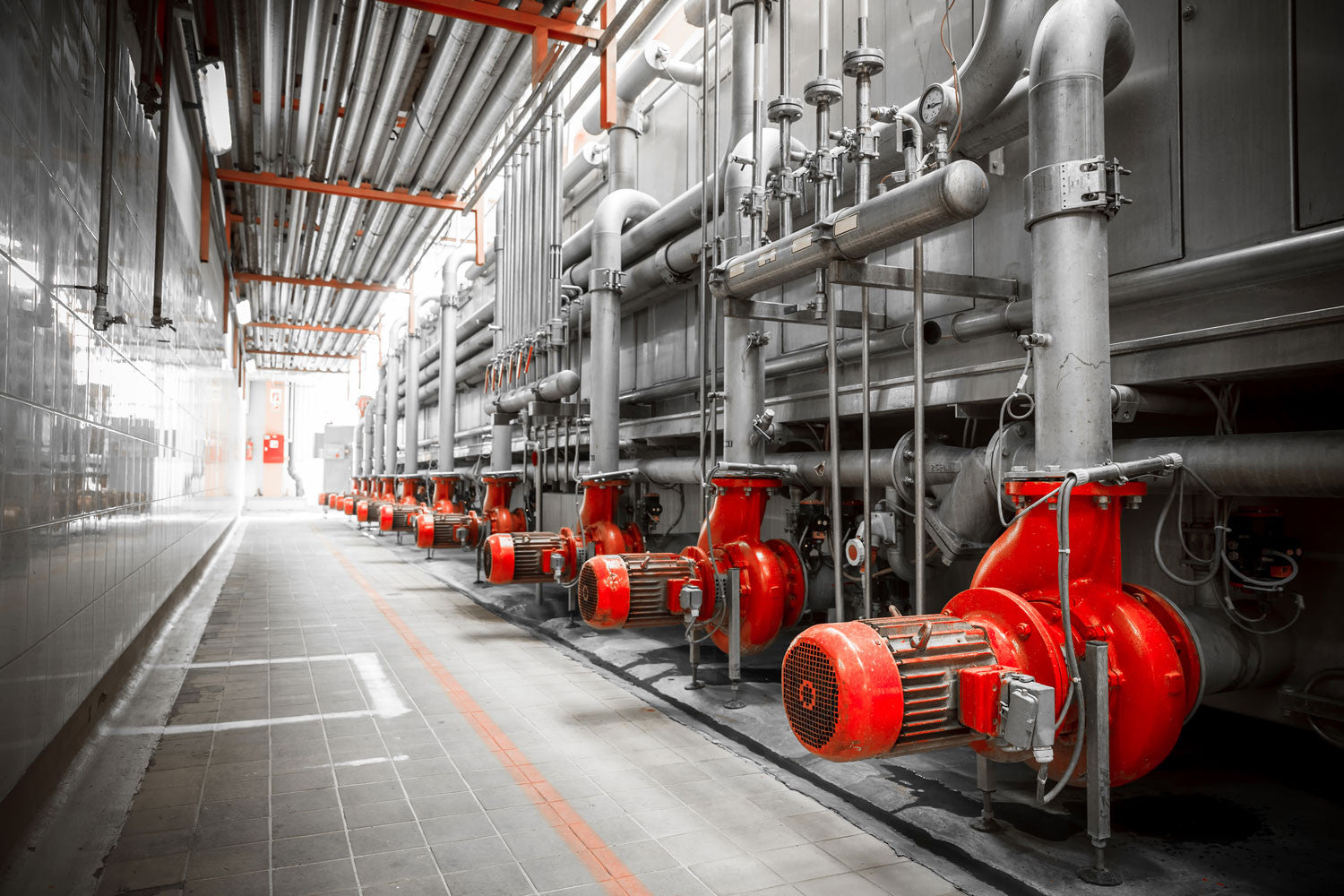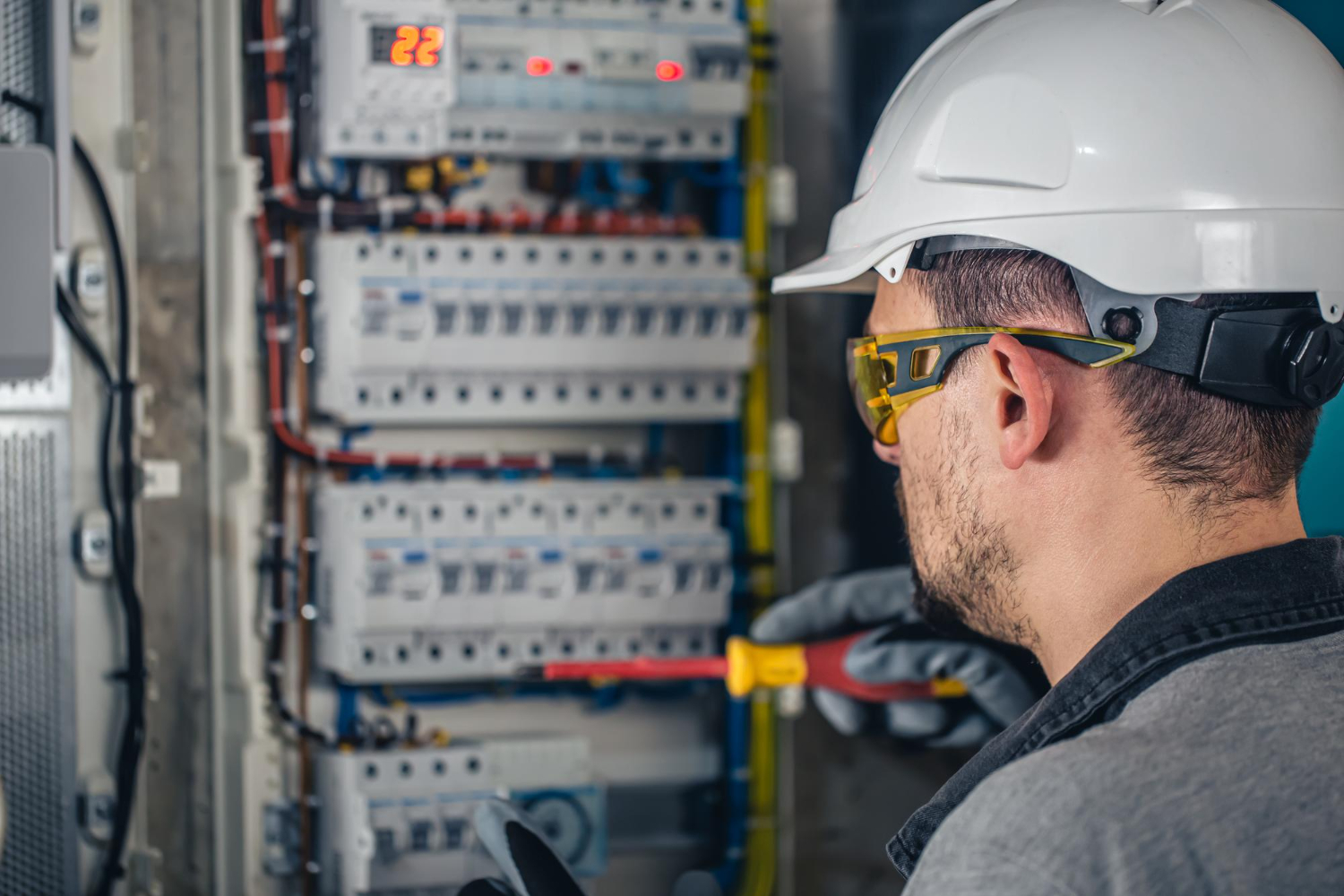The Definitive Guide to Roar Solutions
The Definitive Guide to Roar Solutions
Blog Article
Roar Solutions Things To Know Before You Get This
Table of ContentsRoar Solutions for DummiesHow Roar Solutions can Save You Time, Stress, and Money.Roar Solutions Can Be Fun For Anyone
In such an ambience a fire or surge is feasible when 3 fundamental conditions are met. This is often referred to as the "hazardous location" or "burning" triangle. In order to protect installations from a potential surge a technique of analysing and classifying a possibly unsafe location is needed. The function of this is to make certain the correct selection and setup of equipment to ultimately stop a surge and to make sure safety and security of life.
(https://www.quora.com/profile/Roarsolutions)
No devices must be mounted where the surface area temperature level of the tools is higher than the ignition temperature level of the provided threat. Below are some usual dirt dangerous and their minimum ignition temperature level. Coal Dirt 380C 225C Polythene 420C (thaws) Methyl Cellulose 420C 320C Starch 460C 435C Flour 490C 340C Sugar 490C 460C Grain Dust 510C 300C Phenolic Resin 530C > 450C Aluminium 590C > 450C PVC 700C > 450C Residue 810C 570C The likelihood of the hazard being existing in a focus high adequate to create an ignition will vary from location to area.
In order to identify this danger an installation is split right into areas of risk depending upon the amount of time the dangerous exists. These areas are referred to as Areas. For gases and vapours and dirts and fibers there are 3 areas. Zone 0 Area 20 A hazardous atmosphere is very most likely to be existing and may be existing for extended periods of time (> 1000 hours annually) and even continually Area 1 Zone 21 A hazardous atmosphere is feasible however unlikely to be present for long periods of time (> 10 450 C [842 F] A category of T6 suggests the minimal ignition temperature is > 85 C [185 F] Dangerous location electrical devices maybe developed for usage in higher ambient temperature levels. This would showed on the score plate e.g. EExe II C T3 Ta + 60C( This suggests at 60C ambient T3 will certainly not be gone beyond) T1 T1, T2, T3, T4, T5, T6 T2 T2, T3, T4, T5, T6 T3 T3, T4, T5, T6 T4 T4, T5, T6 T5 T5, T6 T6 T6 A T Course ranking of T1 suggests the optimum surface area temperature created by the tool at 40 C is 450 C. Assuming the connected T Class and Temperature level score for the tools are ideal for the area, you can constantly utilize an instrument with a much more stringent Division ranking than required for the area. There isn't a clear response to this question. It truly does depend on the kind of tools and what repair work require to be brought out. Tools with particular examination procedures that can't be executed in the area in order to achieve/maintain 3rd party score. Should come back to the factory if it is before the equipment's solution. Area Repair Work By Authorised Employee: Complicated testing might not be needed nonetheless certain treatments might require to be followed in order for the devices to maintain its third celebration ranking. Authorised employees must be employed to do the job correctly Repair work should be a like for like substitute. New element should be taken into consideration as a straight replacement requiring no special testing of the devices after the repair work is total. Each tool with a harmful score must be reviewed independently. These are outlined at a high level below, but also for even more detailed information, please refer directly to the guidelines.
Get This Report on Roar Solutions
The tools register is a comprehensive database of tools records that includes a minimum set of areas to determine each product's location, technological criteria, Ex lover classification, age, and ecological information. The proportion of Detailed to Shut assessments will be figured out by the Equipment Risk, which is analyzed based on ignition danger (the possibility of a resource of ignition versus the chance of a combustible ambience )and the dangerous area category
( Zone 0, 1, or 2). Applying a durable Risk-Based Evaluation( RBI )strategy is critical for guaranteeing conformity and safety in managing Electric Equipment in Hazardous Locations( EEHA).
Facts About Roar Solutions Uncovered

In regards to eruptive threat, a dangerous location is an atmosphere in which an explosive ambience exists (or might be expected to be existing) in amounts that need unique safety measures for the construction, setup and use equipment. Roar Solutions. In this article we discover the difficulties dealt with in the office, the danger control measures, and the called for proficiencies to function safely
It is a repercussion of contemporary life that we make, keep or handle an array of gases or liquids that are considered combustible, and a variety of dirts that are considered combustible. These materials can, in certain conditions, create explosive environments and these can have significant and unfortunate repercussions. A lot of us recognize with the fire triangular get rid of any kind of among the three components and the fire can not take place, however what does this mean in the context of unsafe areas? When breaking this down right into its simplest terms it is essentially: a combination of a particular amount of release or leak of a certain substance or material, blending with ambient oxygen, and the visibility of a source of ignition.
In the majority of circumstances, we can do little about the levels of oxygen in the air, yet we can have significant influence on sources of ignition, for instance electrical equipment. Hazardous locations are recorded on the harmful area category illustration and are recognized on-site by the triangular "EX LOVER" indication. Right here, among various other key details, areas are divided right into 3 kinds depending this article upon the danger, the probability and duration that an explosive atmosphere will exist; Zone 0 or 20 is considered the most dangerous and Zone 2 or 22 is considered the least.
Report this page